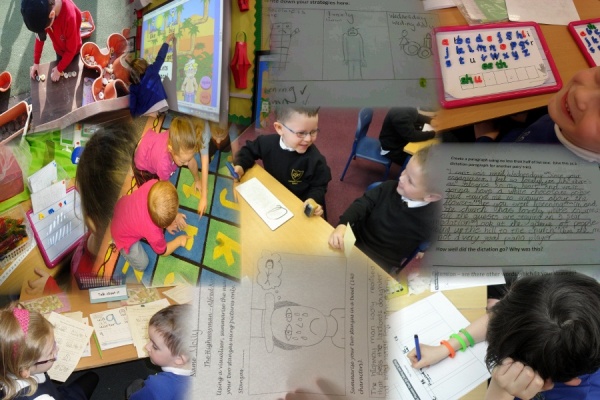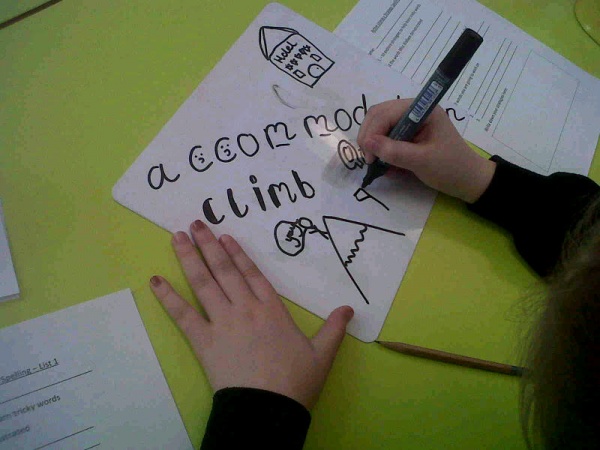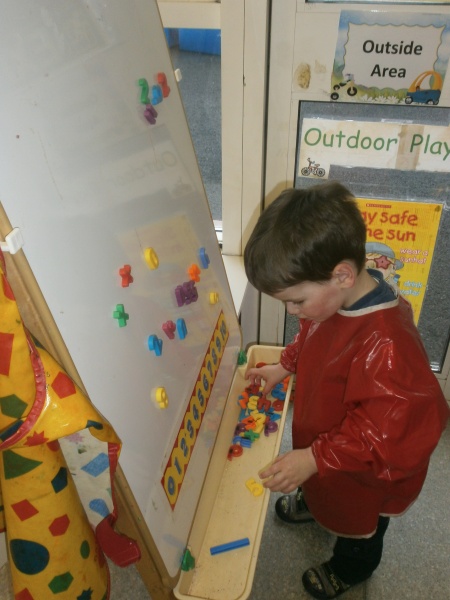 Literacy skills are embedded within all the curriculum areas. Teachers and learners will focus on developing the skills detailed in the Experiences and Outcomes. Key aspects of learning within literacy and English relate to the way learners:
Literacy skills are embedded within all the curriculum areas. Teachers and learners will focus on developing the skills detailed in the Experiences and Outcomes. Key aspects of learning within literacy and English relate to the way learners:
- engage with and create a broad range of texts, including Scottish and Scots texts
- use reading strategies to understand, analyse and evaluate texts
- find and use information
- develop critical literacy skills, including evaluating sources
- write with increasing accuracy, making effective use of spelling, grammar and punctuation
- create texts of increasing complexity using more sophisticated language
- develop and use higher-order thinking skills.
Falkirk’s Curriculum Support Team will be delivering a range of professional learning opportunities this year based around these significant aspects of learning in literacy.
These opportunities include a range of Active Literacy courses based around active strategies and methodologies for spelling and phonics, reading and writing, sharing good practice networks, higher order reading skills, effective questioning in literacy and using a range of media-linked genre to develop literacy skills.




